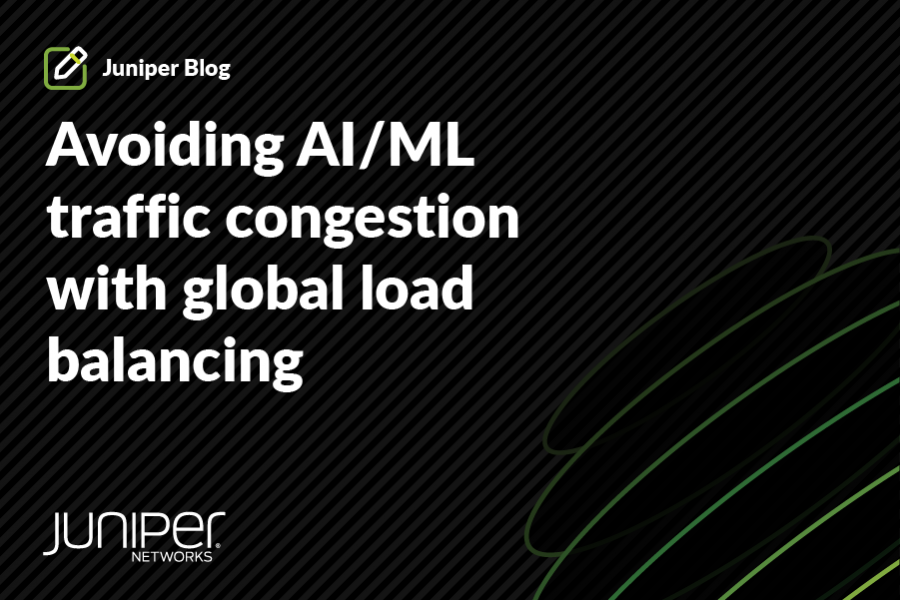Approximately 70-75% of all data center and service outages are caused by human error and, if read in a vacuum, the fingers will probably point towards network engineers. However, the truth is that rapid advancements in technology have exponentially expanded and complicated networks to an extent that manually setting them up and managing them has turned into mission impossible. The result is operational inefficiencies, difficulty in implementing critical security improvements and overburdened IT departments, which in turn affect agility and company finances. It is not surprising that more enterprises and service providers are now looking to introduce automation into networks to make them more stable, scalable, secure and adaptable.
Network automation isn’t as simple as flipping a switch and the process of integrating it should be inclusive of corporate management goals and the challenges and problems that the network engineers face. The former might want to select an automation platform that fits their strategic goals or budgets, but if latter don’t see the platform fitting well given current infrastructure or future needs, then no one will end up happy. Even post-adoption of an automation solution, the scope and the capabilities of the platform must be well-understood by the workforce that’s going to work with it daily.
Andy Lapteff, a seasoned network engineer, shares an anecdote in Talking Automation: Challenges of Integrating Automation Tools into Your Network – YouTube on how an automation platform that was adopted to speed things up, actually broke things just as quickly. This is because the engineers weren’t given the necessary training to understand the actual functioning of the software, including remedial actions that needed to be taken. These situations can be detrimental and simply figuring out what went wrong itself can take a while, so it’s essential to give IT teams sufficient time to learn and adapt to the idiosyncrasies within new systems before setting them in motion.
Not all network automation platforms are cut from the same cloth though, and with Apstra, Juniper has a solution that goes beyond other offerings. The intent-based automation platform automates the setup of data center networks across different vendors and environments, ensuring that the infrastructure operates with the business intent in mind. Organizations only need to specify the “what” and the software figures out the “how.” The software collects and studies tens of thousands of telemetry points and events to compare it against the intent. If it notices any deviance, it provides remediation in real-time. Apstra also helps prevent human errors with pre-change analysis that verifies the changes with the created blueprint before committed, resulting in high network up time and outstanding service experience. In the event that a mistake does occur, the Time Voyager tool allows NetOps to return to a previously known good network state, as Apstra tracks all changes made to the network.
As enterprises and service providers navigate these uncertain times riddled with supply chain delays, Apstra’s ability to work with multiple vendors is an underrated advantage that can help avoid delays in deployment or upgrade of data centers. It also allows you to test and validate equipment from multiple vendors before they even arrive at the door – see how easy it is to do so!
With the rate at which network traffic is growing, employing automation software has become a necessity for organizations to be agile without letting go of reliability. If you want to learn more about network automation, its benefits and challenges, check out the Talking Automation series on YouTube. Curious how Juniper Apstra can deliver cost savings to the tune of 320%? Check out the deep dive in the Forrester Research report.


